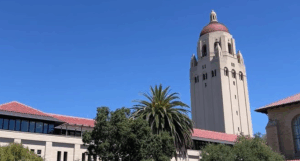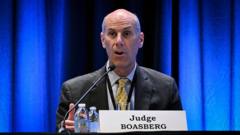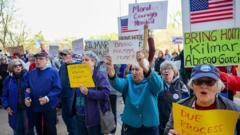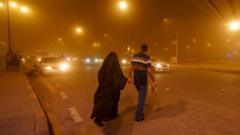Delhi's annual battle with pollution brings despair, inaction, and a cycle that seems impossible to break.
**Dystopia in Delhi: A Seasonal Struggle Against Smog**
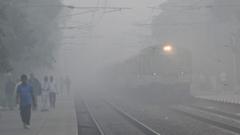
**Dystopia in Delhi: A Seasonal Struggle Against Smog**
As air quality reaches hazardous levels yet again, residents face a grim winter in the capital.
With the arrival of winter, Delhi is once again enveloped in a suffocating layer of smog that casts a shadow over the city and its inhabitants. The skies are ominously grey, and the air is thick with pollution, reminiscent of a bleak dystopian film. For those venturing outdoors, each breath feels as if it has been laced with ash, rendering even moderate exercise a strenuous endeavor.
Recent reports indicate that air quality scores have soared to alarming figures between 1,200 and 1,500, drastically exceeding the acceptable limit of under 100. This pollution, primarily constituted of tiny particulate matter known as PM 2.5 and PM 10, poses severe health risks, particularly affecting vulnerable groups such as children and the elderly. Schools have shut down, and residents are urged to stay indoors, although many who rely on outdoor work have no option but to face the toxic air.
The grim barrage of headlines has reignited conversations on social media, filled with outrage and frustration at the recurrence of this annual crisis. Observers note a disheartening sense of familiarity; it seems that every winter for the past decade and a half has unfolded identically, filled with desperate appeals for change that lead back to square one.
An ongoing narrative has emerged: the Supreme Court has once again instructed the government to take action against pollution. Yet, as in previous years, the cycle continues. Farmers burning crop residue in neighboring states add to the haze, a practice often seen as a necessary evil due to the lack of affordable alternatives. Meanwhile, emissions from vehicles and industrial activities within Delhi contribute significantly to the city’s smog, but comprehensive solutions continue to evade authorities.
Delhites, particularly outdoor laborers, suffer silently as more flock to hospitals with respiratory complaints. With previous years’ protests failing to materialize into sustained action, the outrage appears confined to social media platforms, where discussions on the air quality crisis proliferate but often yield little in real-world change.
Experts argue that a cohesive approach, free from political bias, is critical to breaking the seasonal cycle of pollution. Emphasis must shift from temporary fixes to long-term strategies that address the complex sources of smog. As temporary bans on construction and other makeshift measures are once again put in place, the question lingers: will this winter bring about tangible change, or are we bound to replay this same grim narrative yet another year?
Recent reports indicate that air quality scores have soared to alarming figures between 1,200 and 1,500, drastically exceeding the acceptable limit of under 100. This pollution, primarily constituted of tiny particulate matter known as PM 2.5 and PM 10, poses severe health risks, particularly affecting vulnerable groups such as children and the elderly. Schools have shut down, and residents are urged to stay indoors, although many who rely on outdoor work have no option but to face the toxic air.
The grim barrage of headlines has reignited conversations on social media, filled with outrage and frustration at the recurrence of this annual crisis. Observers note a disheartening sense of familiarity; it seems that every winter for the past decade and a half has unfolded identically, filled with desperate appeals for change that lead back to square one.
An ongoing narrative has emerged: the Supreme Court has once again instructed the government to take action against pollution. Yet, as in previous years, the cycle continues. Farmers burning crop residue in neighboring states add to the haze, a practice often seen as a necessary evil due to the lack of affordable alternatives. Meanwhile, emissions from vehicles and industrial activities within Delhi contribute significantly to the city’s smog, but comprehensive solutions continue to evade authorities.
Delhites, particularly outdoor laborers, suffer silently as more flock to hospitals with respiratory complaints. With previous years’ protests failing to materialize into sustained action, the outrage appears confined to social media platforms, where discussions on the air quality crisis proliferate but often yield little in real-world change.
Experts argue that a cohesive approach, free from political bias, is critical to breaking the seasonal cycle of pollution. Emphasis must shift from temporary fixes to long-term strategies that address the complex sources of smog. As temporary bans on construction and other makeshift measures are once again put in place, the question lingers: will this winter bring about tangible change, or are we bound to replay this same grim narrative yet another year?

